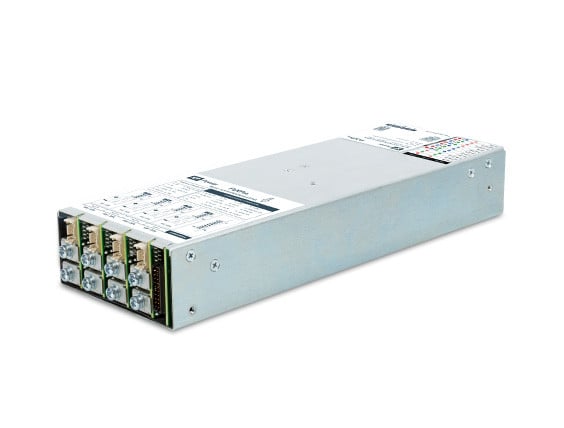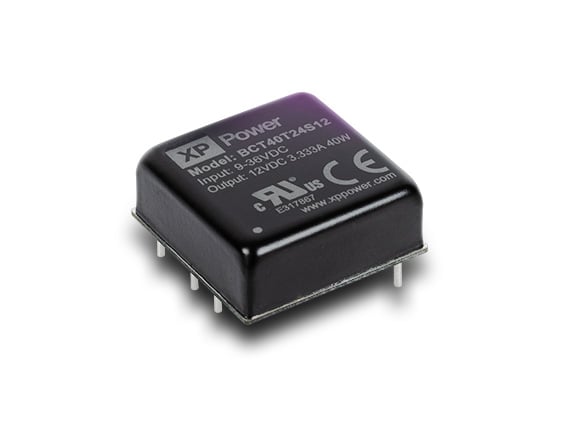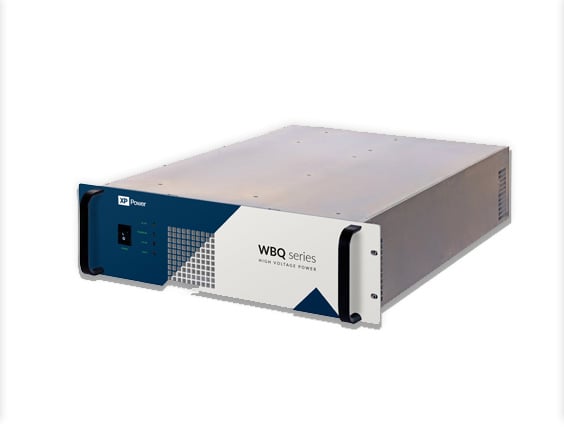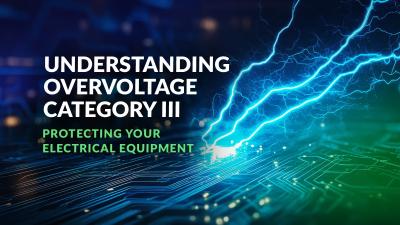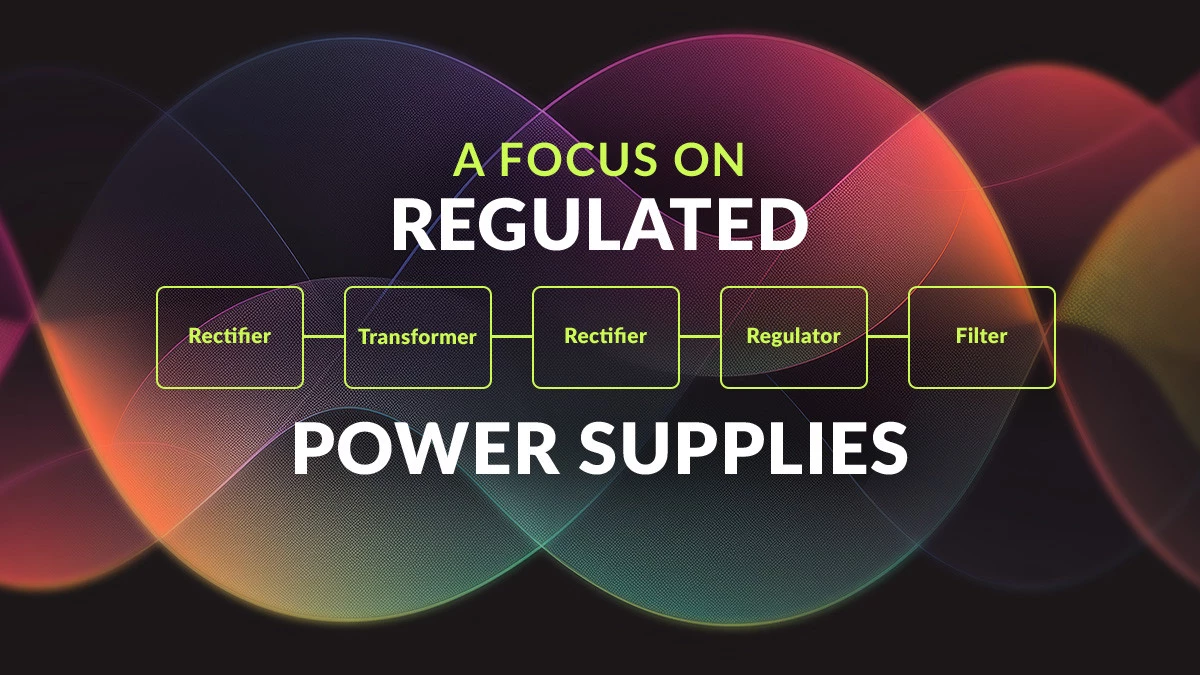
There are two main types: regulated and unregulated power supplies. We explain exactly what regulated power supplies are and how they differ from their unregulated counterparts.
XP Power’s wide range of low noise, reliable and easy-to-integrate AC-DC power solutions includes flexible, configurable and custom products ranging from 3W to 100kW.
What is a regulated power supply?
A regulated power supply has a voltage regulator which ensures that the power supply’s output voltage will always remain at the rated value regardless of changes in the load current or the input voltage.
As a result, any change in the input voltage won’t impact the output voltage. A regulated power supply with multiple regulators can also offer multiple output voltages for operating different devices.
The voltage stability provided by a regulated power supply is important for protecting sensitive components within a device from potential damage. Many devices requiring stable voltage – such as lab equipment, medical devices and computers – rely on regulated power supplies.
What's the difference between a regulated and unregulated power supply?
While regulated power supplies regulate the output voltage, unregulated power supplies do not. In contrast to regulated power supplies, they provide the same level of power no matter what, meaning the output voltage will decrease as the load current increases, and vice versa.
Consequently, unregulated power supplies don’t produce a constant voltage like regulated power supplies do, and any changes in input voltage will impact the output voltage. This typically manifests itself in the form of ripple voltages that make a noise. A filter capacitor can help reduce the impact of this by acting like a regulator, while carefully matching the power supply and load requirements can reduce the possibility of ripple voltages in the first place.
Which one is best to use?
This depends on your design requirements. If you’re powering devices with sensitive electronics, a regulated power supply might be best, otherwise you risk damaging the device. Though it is possible to use an unregulated power supply, if it is closely matched to the device’s voltage and current requirements or has a filter capacitor, this is a risk.
It’s also a good idea to rely on a regulated power supply when multiple DC output voltages are needed. Again, although you could use multiple unregulated power supplies, this solution is nowhere near as effective.
Outside of these scenarios it might make sense to use unregulated power supplies considering they are cheaper, although the good news is that the cost of regulated power supplies is decreasing over time.
How to choose a regulated power supply
Determine your voltage and current requirements: Start by understanding the specific voltage and current needs of your device or application to ensure the regulated power supply can meet those requirements without voltage fluctuations.
Consider load regulation: Look for regulated power supplies with good load regulation, which means they can maintain a steady output voltage even when the load varies. This is crucial for reliable performance.
Check ripple and noise specifications: Pay attention to the ripple and noise levels in the power supply's specifications; lower ripple and noise values are important for applications where clean and stable power is essential.
Multiple output needs: If your project requires multiple DC output voltages, you should consider regulated power supplies with multiple output channels, as they offer convenient and efficient solutions for powering different components.
Reliability and brand reputation: Choose a reputable brand or manufacturer known for producing high quality regulated power supplies. Reliable components are essential to prevent power-related issues and ensure the longevity of your device or system.
Summary
A regulated power supply provides a constant output voltage, regardless of changes in the load current or the input voltage and is a good choice for protecting your device from damage. Our regulated AC-DC power supplies are used in everything from semiconductor manufacturing equipment to industrial technology, come with great thermal management and are configurable to your exact requirements.
Download a wealth of technical information in our easy reference resource - Your Essential Guide to Power Supplies.
